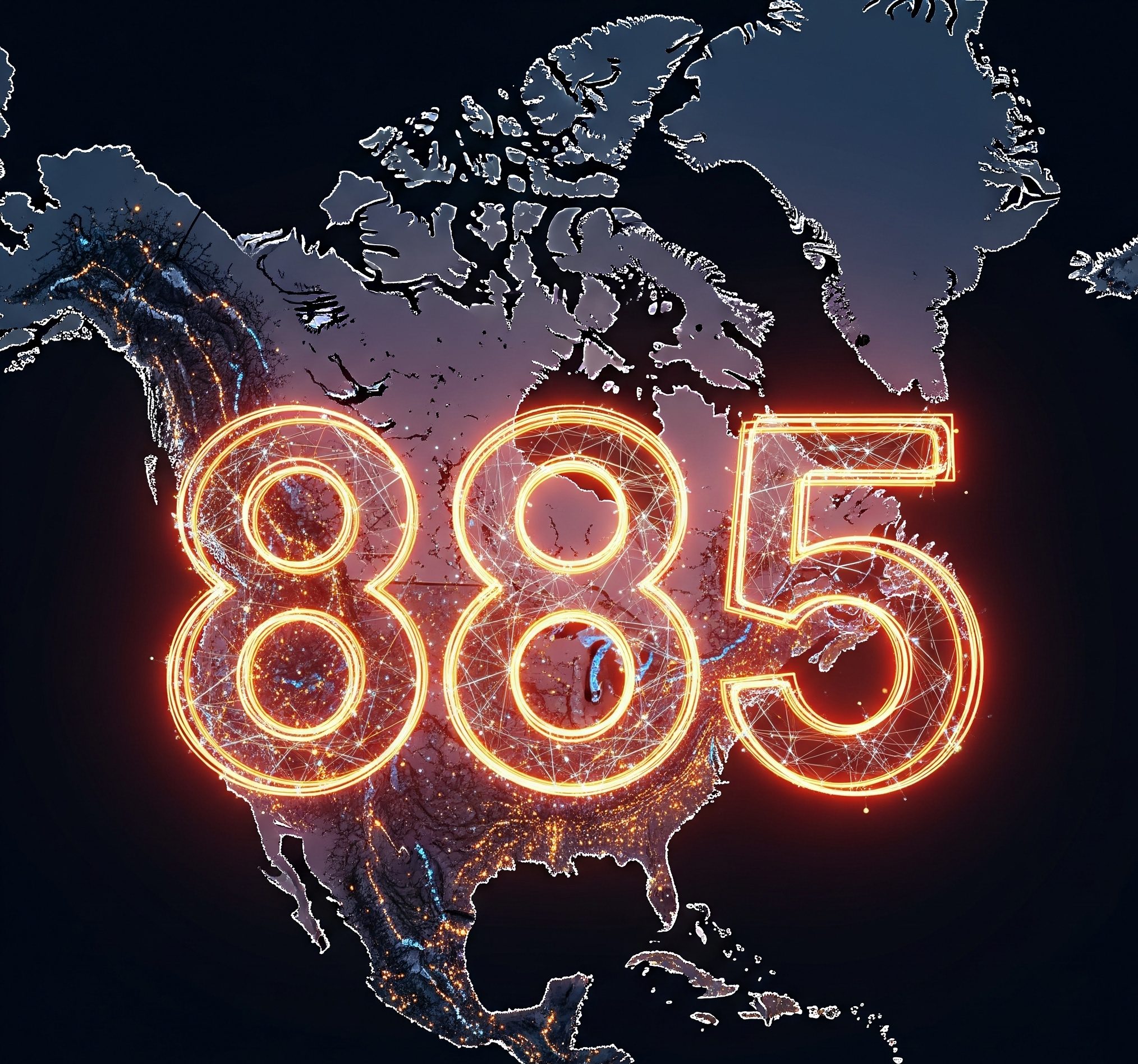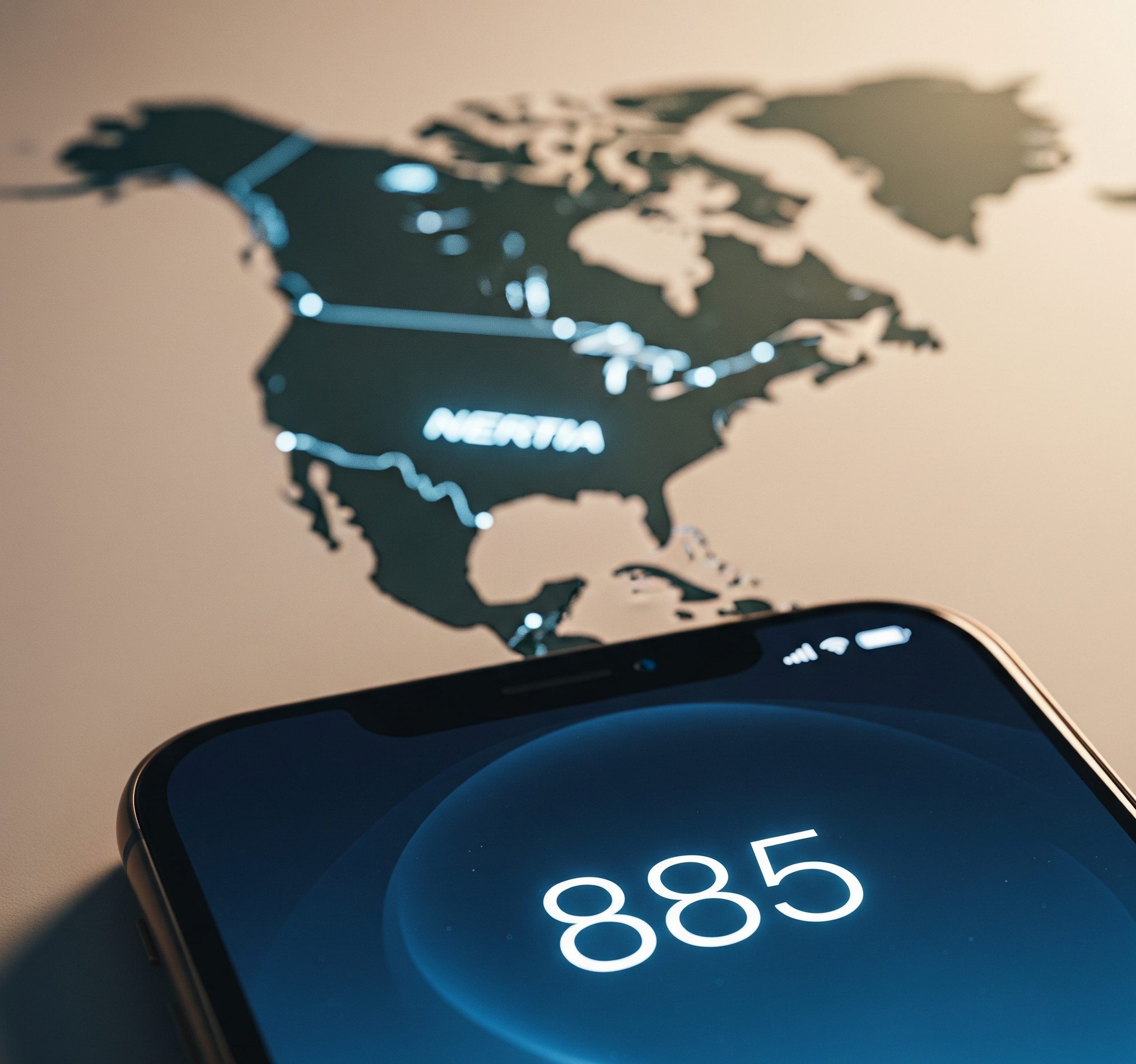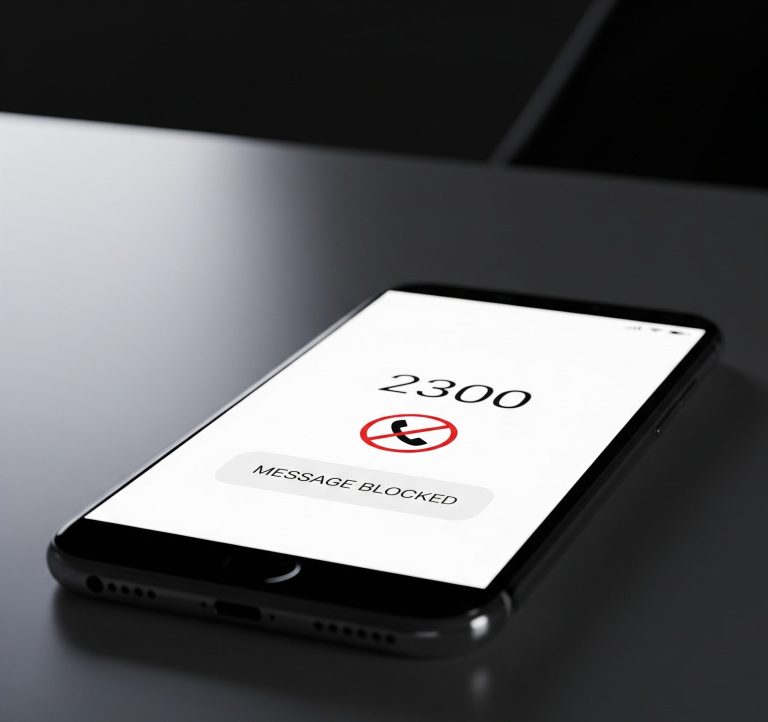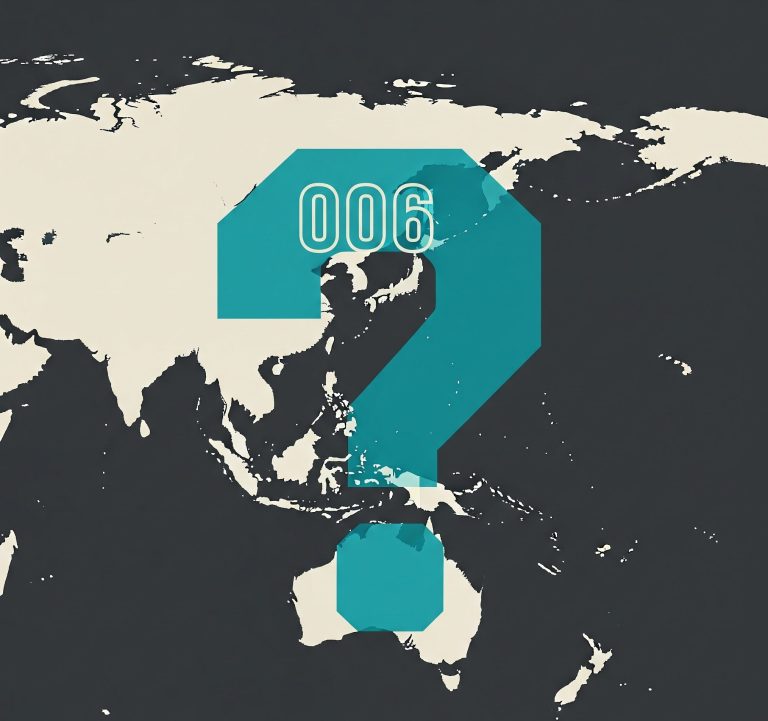In the intricate web of the North American Numbering Plan (NANP), we’ve grown accustomed to associating three-digit area codes with specific geographic locations. A 212 number immediately brings to mind the bustling streets of New York City, while a 310 conjures images of sunny Los Angeles. But what about the 885 area code? If you’ve been searching for the location tied to this particular prefix, you might be surprised by what you find—or rather, what you don’t.
This article delves into the details of the 885 area code, clarifies its status within the United States, and explores the closely related world of non-geographic, toll-free numbers that are a vital part of modern communication for businesses and consumers alike.
Contents
Unveiling the Truth About the 885 Area Code
Let’s get straight to the point: the 885 area code is not a designated geographic area code within the United States. This means there is no city, state, or region in the U.S. that is assigned the 885 area code. While new area codes are periodically introduced to accommodate the growing demand for phone numbers, as of now, 885 is not in use as a standard, geographically-based area code.
It’s a common misconception to assume that all three-digit number combinations are active area codes assigned to a particular place. The administration of the NANP is a complex process, and some number combinations are unassigned, reserved for future use, or designated for special purposes.
The Rise of Non-Geographic Toll-Free Numbers
So, if the 885 area code isn’t a place, what is it? Often, confusion about specific area codes like this arises from their similarity to toll-free number prefixes. The most prominent of these is the 855 area code.
Unlike geographic area codes, which are tied to a specific location, toll-free prefixes are non-geographic. This means a phone number with an 855 prefix can be used by a business or individual anywhere in the United States, Canada, and other territories covered by the NANP.

Understanding the 855 Area Code
The 855 area code is a popular choice for businesses for several key reasons:
- Nationwide Presence: A toll-free number gives a business a national footprint. A small company in Ohio can have the same 855 number as a large corporation with offices across the country. This lends an air of professionalism and accessibility.
- Customer Convenience: The primary benefit of a toll-free number is that customers can call it without incurring any long-distance charges. This encourages communication and can lead to better customer service and increased sales.
- Memorable Vanity Numbers: Toll-free prefixes like 855 can be paired with memorable “vanity” numbers that spell out a word or a relevant phrase (e.g., 1-855-FLOWERS). This is a powerful marketing tool.
- Centralized Communication: For businesses with multiple locations, a single 855 number can be used to route calls to the appropriate department or branch, streamlining communication.
The introduction of the 855 area code, along with others like 800, 888, 877, 866, 844, and 833, was a direct response to the exhaustion of numbers within the original 800 prefix. As the demand for toll-free numbers grew, more prefixes were needed to meet the needs of businesses and organizations.
How to Handle Calls from Unfamiliar Area Codes
While the 885 area code itself is not a source of calls in the U.S., the proliferation of toll-free numbers and the constant evolution of the numbering plan mean that you will likely receive calls from prefixes you don’t immediately recognize. Here are a few tips for handling such calls:
- Be Aware of Scams: Scammers can “spoof” phone numbers, making it appear as though a call is coming from a legitimate toll-free number. Be cautious about providing personal or financial information over the phone, especially if the call is unsolicited.
- Legitimate Businesses Use Toll-Free Numbers: It’s important to remember that the vast majority of calls from toll-free numbers are from legitimate businesses you may already have a relationship with, such as your bank, a utility company, or a customer service department.
- Let It Go to Voicemail: If you don’t recognize a number and are unsure whether to answer, a safe bet is to let the call go to voicemail. A legitimate caller will likely leave a message, and you can then decide if you wish to return the call.
- Do a Quick Search: If you’re curious about a number that has called you, a quick online search can often reveal the identity of the caller, especially if it is a widely used business number.
conclusion
while the search for a specific location tied to the 885 area code may not yield a straightforward answer, it opens the door to a better understanding of the sophisticated and ever-evolving telecommunications landscape in the United States. The distinction between geographic and non-geographic area codes is a crucial one for both consumers and businesses. So, the next time you see a call from an unfamiliar toll-free number, you’ll have a better understanding of its origin and purpose, and you’ll know that the mystery of the 885 area code has been solved: it’s a code waiting in the wings, not yet assigned to a place on the American map.







